Contamination of reverse osmosis membrane elements
After a period of normal operation of the system, the reverse osmosis membrane element will be contaminated by suspended or insoluble salts that may be present in the feed water. The most common of these contaminants are calcium carbonate precipitates, calcium sulphate, barium sulphate, strontium sulphate precipitates, metal (iron, manganese, copper, nickel, aluminium, etc.) oxide precipitates, silica deposits, inorganic or organic deposition mixtures, NOM natural organic matter, synthetic organic substances (e.g., scale inhibitors/ dispersants, cationic polymerised electrolytes), microorganisms (algae, moulds, fungi), etc.
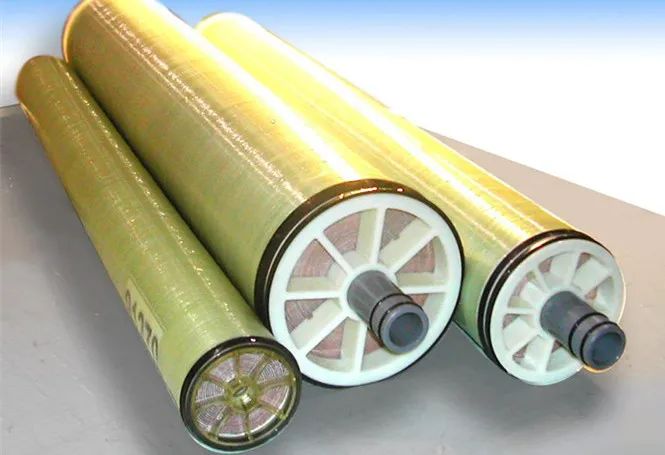
The nature and rate of contamination depends on various factors such as feed water quality and system recovery. Often the contamination develops gradually and if not controlled early, the contamination will damage the membrane element in a relatively short period of time. Cleaning of the membrane element is recommended when the membrane element is confirmed to be contaminated, either prior to a prolonged shutdown, or as part of regular routine maintenance.
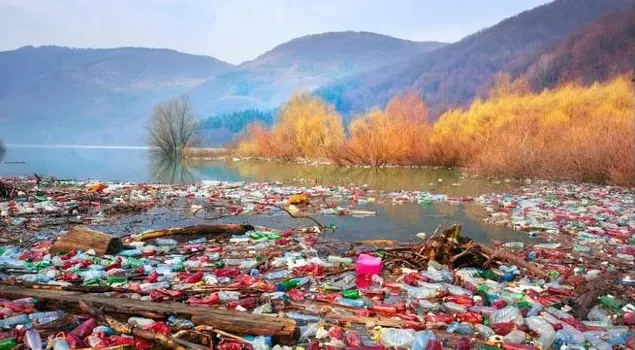
Chemical cleaning or physical flushing is required when the following problems occur in the reverse osmosis membrane system (or unit): a 10-15% decrease in water production from normal under normal feed water pressure conditions after temperature correction; a 10-15% increase in temperature-corrected feed water pressure to maintain normal production; a 10-15% decrease in water quality and a 10-15% increase in salinity; a 10-15% increase in feed water pressure; a 10-15% increase in system pressure; a 10-15% decrease in system quality; and a 10-15% decrease in water quality and a 10-15% increase in salinity. 10-15 per cent increase in feedwater pressure; and a significant increase in differential pressure between system sections (there may be no instrumentation to monitor this parameter).
The main operating parameters that remain stable are produced water flow rate, produced water back pressure, recovery, temperature and TDS. if these operating parameters fluctuate, it is advisable to check for contamination or whether the RO is actually operating correctly in the face of variations in key operating parameters.

Monitoring the overall system performance on a regular basis is the basic method of confirming whether or not contamination has occurred in the membrane elements. The effect of contamination on the membrane element is gradual and depends on the nature of the contamination.
Cleaning intervals for contaminated reverse osmosis membranes are determined by site conditions. Normal cleaning intervals are every 3-12 months.
It is important to clean the membrane element when only light contamination has occurred. Heavy contamination will affect the cleaning effect by preventing the chemical from penetrating deeply into the contaminated layer.
What kind of contaminants are cleaned and how they are cleaned depends on the contamination situation on site. For several kinds of pollution at the same time the complex situation, the cleaning method is the use of low PH and high PH cleaning solution alternately cleaning (should be the first low PH after high PH value cleaning).
Pollution situation analysis
1. Calcium carbonate scale:
Calcium carbonate scale is a kind of mineral scale. Calcium carbonate scale may be deposited when the scale inhibitor/dispersant dosing system fails, or when the acid pH adjustment system fails and the pH of the feed water increases. Early detection of calcium carbonate scale is essential to prevent damage to the membrane element from crystals deposited on the membrane surface. Early detection of calcium carbonate scale can be removed by lowering the pH of the feed water to 3~5 and running for 1~2 hours. For the deposition of calcium carbonate scale for a long time, available low pH citric acid solution cleaning to remove.
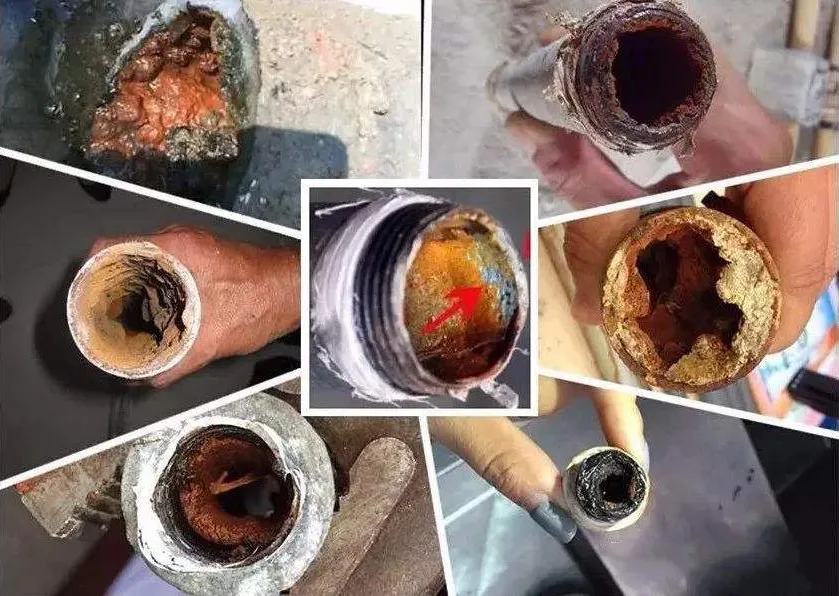
2, calcium sulfate, barium sulfate, strontium sulfate scale:
Sulfate scale is much harder than calcium carbonate scale mineral scale, and it is not easy to remove. Sulfate scale can be deposited when the scale inhibitor/dispersant addition system fails or when sulfuric acid is added to adjust the pH. Early detection of sulphate scale is essential to prevent damage to the membrane element from crystals deposited on the membrane surface. Barium sulfate and strontium sulfate scale is more difficult to remove, because they are difficult to dissolve in almost all cleaning solutions, so special attention should be paid to prevent the generation of such scales.
3. Metal oxide/hydroxide contamination:
Typical metal oxides and metal hydroxides contamination for iron, zinc, manganese, copper, aluminium and so on. The formation of this scale may be the cause of the device piping, container (tank/tank) corrosion products, or air oxidation of metal ions, chlorine, ozone, potassium, permanganate, or by the use of iron or aluminium coagulant in the pretreatment filtration system.
4, polymerised silica scale:
Silica gel layer scale by the dissolved silicon supersaturated state and polymer caused by, and very difficult to remove. It should be noted that this silicon contamination is different from the silicone colloidal material contamination. Silica colloidal contamination can be caused by bonding with metal hydroxides or bonding with organic matter. Silicon scale is difficult to remove and can be removed by conventional chemical cleaning methods. Existing chemical cleaning agents, such as ammonium hydrogen fluoride, has been successfully used in a number of projects, but the use of this method must be taken into account in the operation of the hazards and damage to the equipment, to protect measures.
5, colloidal pollution:
Colloid is suspended in water inorganic or organic and inorganic mixture of particles, it will not be due to their own gravity and precipitation. Colloids usually contain one or more of the following major components, such as: iron, aluminium, silicon, sulphur or organic matter.
6, non-soluble natural organic matter pollution (NOM):
Non-soluble natural organic matter pollution (NOM - Natural Organic Matter) is usually caused by the decomposition of nutrients in surface water or deep well water. The chemical mechanism of organic contamination is complex, with the main groups of components being either humic acids or ashwagandha acids. Non-soluble NOM is adsorbed to the membrane surface can cause rapid contamination of RO membrane elements, once the absorption of the role of production, and gradually formed into a gel or block of contamination process will begin.
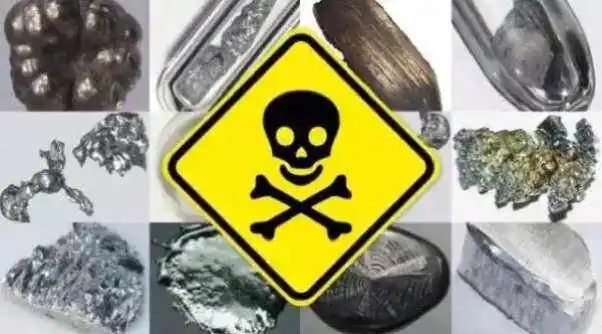
7, microbiological deposits:
Organic deposits are generated by bacterial slime, fungi, moulds, etc. This contaminant is more difficult to remove, especially if the feedwater pathway is completely blocked. Blockage of the feedwater path will make it difficult for clean feedwater to enter the membrane element fully and evenly. In order to inhibit the further growth of such deposits, it is important to clean and maintain not only the RO system, but also the pre-treatment, pipework and terminations.







 The “Heart Switch” of Reverse Osmosis Systems: Feed Water Pressure
The “Heart Switch” of Reverse Osmosis Systems: Feed Water Pressure
 Essential Water Treatment Terminology Every Water Purification Engineer Uses!
Essential Water Treatment Terminology Every Water Purification Engineer Uses!
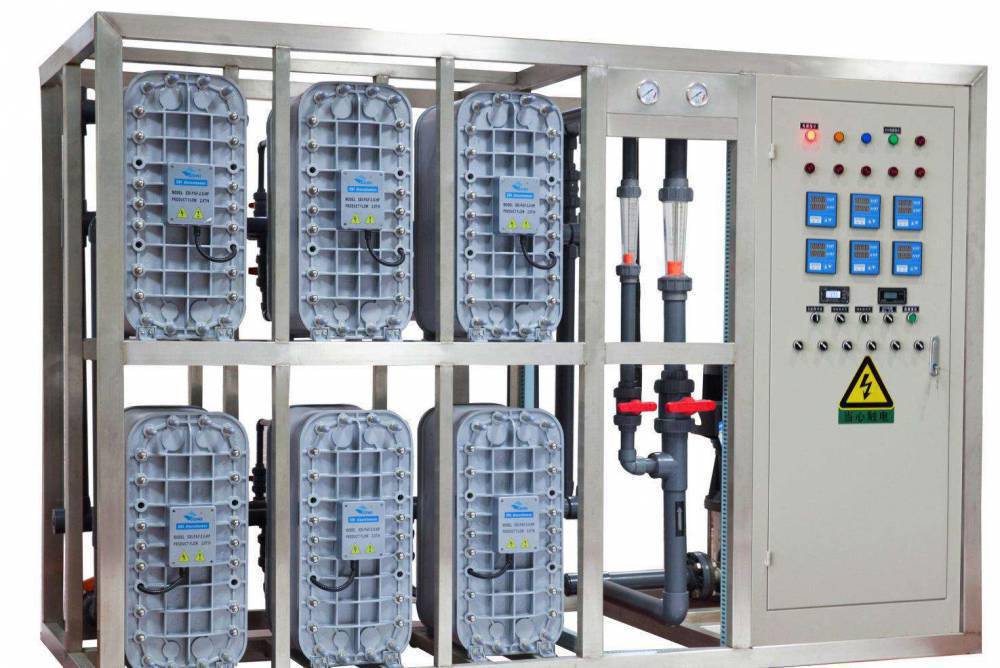 What is EDI Electrodeionization Technology? Reverse Osmosis + EDI vs Traditional Ion Exchange: Your Ultimate Selection Guide!
What is EDI Electrodeionization Technology? Reverse Osmosis + EDI vs Traditional Ion Exchange: Your Ultimate Selection Guide!
 Classification Summary of Various Membranes
Classification Summary of Various Membranes